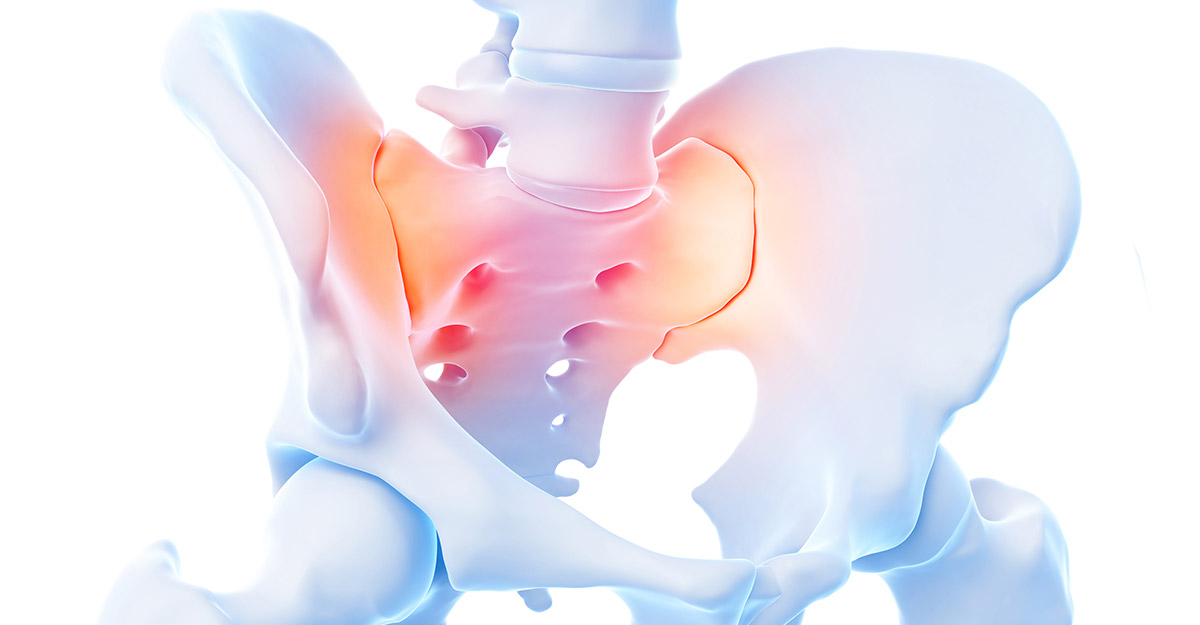Piriformis Syndrome
Originally thought to be rare, Piriformis Syndrome is now recognized as one of the most common causes of Sciatica. This form of Sciatica is thought to affect millions of Americans each year. Misdiagnosis of this condition is probably responsible for many unnecessary back surgeries.
The sciatic nerve begins in the lumbar spine and exits the pelvis through the sciatic notch. It travels through the buttocks beneath the gluteal and piriformis muscles and continues down the leg into the “little toe” side of the foot.
Compression or irritation of the sciatic nerve anywhere along its courses can cause sciatica (pain, numbness or muscular weakness along the course of the sciatic nerve). Proper treatment of sciatica requires an accurate diagnosis of its cause.

Causes of Piriformis Syndrome:
Piriformis induced sciatica is caused when the piriformis muscle goes into spasm or becomes inflamed. This can be caused by trauma (a fall), over use (running), or misalignment of pelvic bones. Contracture of the piriformis muscle can pin the sciatic nerve against the pelvis. Additionally, inflammation can produce scar tissue adhesions between the piriformis muscle and the sciatic nerve. As a result, the sciatic nerve becomes compressed, irritated and painful.
Symptoms of Piriformis Syndrome:
Piriformis syndrome causes pain in the buttocks that can radiate down the back of the leg. It can also cause a sensation of “pins and needles”, numbness or weakness in the leg.
Diagnosis of Piriformis Syndrome:
It is possible that millions of Americans suffer needlessly from sciatic leg pain because of its improper diagnosis and treatment. Proper treatment of sciatica requires an accurate diagnosis of its cause. If a patient has Piriformis Syndrome and it is misdiagnosed as sciatica from a herniated lumbar disc, treatment can be mistakenly directed toward the lumbar spine instead of its true cause, the piriformis muscle. Piriformis Syndrome is best diagnosed by a physician familiar with the syndrome utilizing a thorough case history and physical exam. Special nerve conduction studies may also be helpful.
Our Treatment of Piriformis Syndrome:
Piriformis Syndrome is most successfully treated with physical therapy directed toward the piriformis muscle. The primary goal of this treatment is to free the sciatic nerve from compression or irritation by the piriformis muscle. Plan to attend physical therapy sessions two to three times each week for six to twelve weeks. This is the normal time period required for connective tissue (muscles, tendons and ligaments) to heal.
Each session begins with an evaluation and correction of any misalignment of pelvic bones which may be contributing to spasm of the piriformis muscle. Physical therapy modalities such as ultrasound will be used to micro-massage and deep heat the piriformis muscle. Ultrasound utilizes high frequency sound waves that are directed through the skin. The deep heating effect of ultrasound is ideal for preparing the piriformis muscle for hands-on treatment and for getting the muscle stretched out.
Our clinic has a special, hands-on treatment for Piriformis Syndrome. Deep massage and specialized forms of soft-tissue mobilization are used to relax the piriformis muscle and break up scar tissue adhesions. The piriformis will then be carefully and progressively stretched in order to further relax it. Along with the stretches you’ll do in the clinic, you’ll be shown several ways to stretch the muscle on your own.
As your symptoms ease, we’ll gradually advance your program to include posture training, muscle strengthening, and general conditioning.